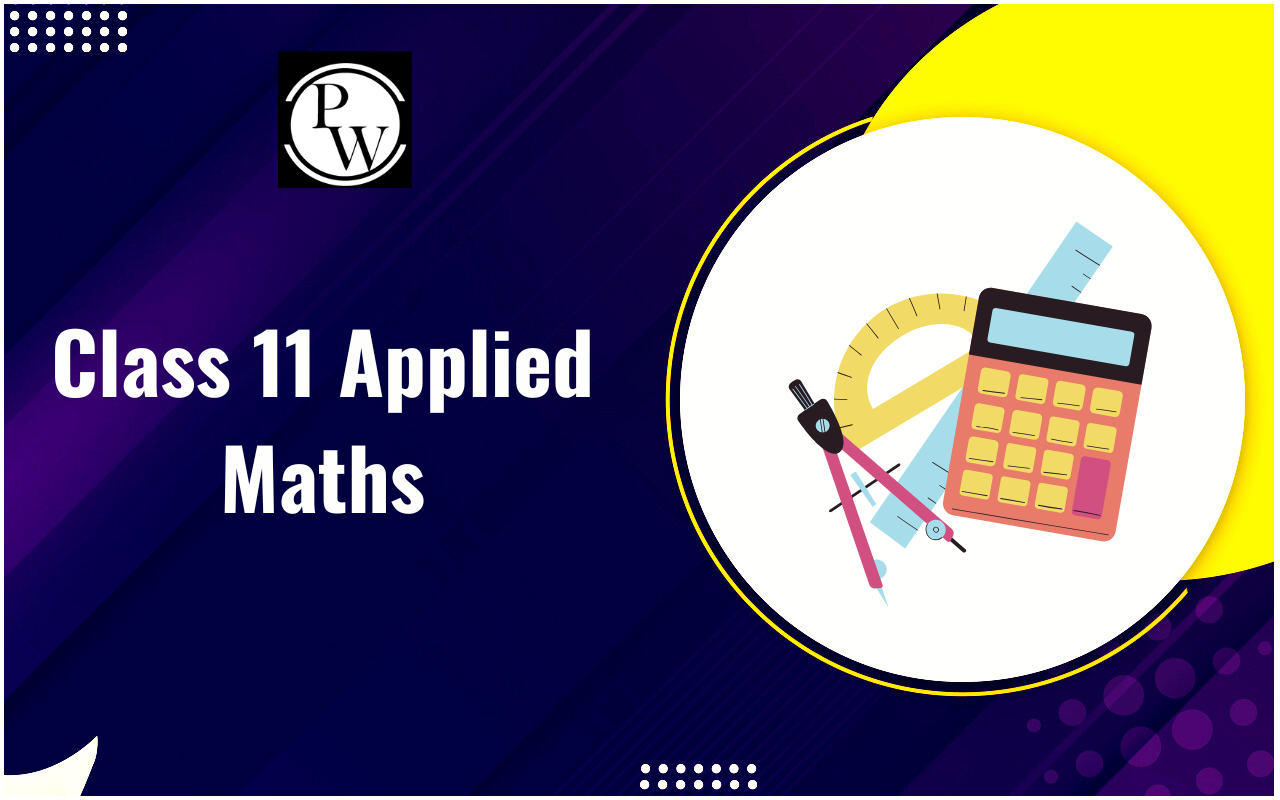
In the competitive landscape of modern business, pricing plays a crucial role in a company's success. A well-crafted price mix can help businesses maximize profits, enhance brand image, and drive customer loyalty. But what exactly is a price mix, and how can companies develop effective pricing strategies?
In this blog, we’ll learn the concept of price mix, its importance, the factors that affect pricing decisions, and the various types of pricing strategies businesses can use to achieve their goals.
What is Price Mix in Marketing?
Price means the amount of money that a consumer is ready to pay for a product or service. It is a basic aspect of the marketing mix and plays a crucial role in establishing a company's revenue and profit margins. Pricing strategies are vital for organizations to remain competitive and achieve their financial goals.
On the other hand, price mix (or pricing strategy) is the set of strategies and tactics that a company uses to set the price of its products or services. This process includes deciding on the initial price, applying discounts, setting payment terms, and using other pricing elements. A well-thought-out price mix can help a company achieve its financial goals, whether it’s entering a new market, increasing market share, or building a premium brand.
Importance of Price Mix in Marketing?
The price mix has a direct impact on a company’s profitability, market position, and customer perception. Here are some key reasons why a well-crafted price mix is essential for business success:Revenue and Profitability: The price mix directly influences the company's revenue stream and overall profitability.
Competitive Advantage: A strategic pricing strategy can help a company differentiate itself in the market and attract price-sensitive customers.
Customer Perception: Prices convey important messages about the quality, value, and exclusivity of a product, shaping how customers perceive the brand.
Market Expansion: A flexible price mix allows businesses to enter new markets, attract a broader customer base, and expand their market share.
Optimized Profits: By balancing production costs, demand, and consumer willingness to pay, companies can optimize their profits.
Brand Image: Pricing strategies contribute to brand positioning, whether a product is seen as premium, affordable, or providing great value for money.
Promotions and Sales: A well-planned price mix complements promotional activities like discounts and special offers, driving sales and creating buzz.
Market Flexibility: With a dynamic pricing approach, businesses can quickly adjust prices in response to market fluctuations and changing consumer behavior.
Building Trust: Fair and consistent pricing builds customer trust, encouraging repeat business and long-term relationships.
Have you learn: What is Place Mix in Marketing
Factors Affecting Pricing
The factors given below play a crucial role in determining the optimal price point for a product. Here are the key factors affecting price:
Production Costs: The expenses incurred in manufacturing or acquiring the product, including raw materials, labor, and overhead costs, directly influence the pricing strategy.
Market Demand: The level of demand for the product in the market affects its price. Higher demand often allows for higher prices, while low demand may require competitive pricing strategies.
Competitor Pricing: Prices set by competitors influence a company's pricing decisions. It is essential to analyze competitor pricing strategies to remain competitive in the market.
Perceived Value: Customers' perception of the product's value, quality, and uniqueness influences the price they are willing to pay. Effective marketing and branding can enhance perceived value.
Seasonal Demand: Price elasticity often varies with seasonal demand. Companies may adjust prices during peak seasons to maximize revenue or offer discounts during off-peak periods to stimulate sales.
Consumer Preferences: Identifying the preferences and buying habits of the target audience helps in creating prices that line with what consumers are ready to pay for the goods.
Distribution Channels: The costs involved in distribution, including shipping, storage, and retailer margins, determine the final retail cost of the product.
Types of Pricing Strategies
Pricing strategies are designed to achieve different objectives, depending on the company's goals and market conditions. Here are the main types of pricing strategies:
Penetration Pricing:
This strategy involves setting a lower initial price for a product or service to enter the market quickly and gain market share.
Price Skimming:
In price skimming, businesses set an initially high price for a new or innovative product to maximize profits from early adopters and customers willing to pay a premium.
Cost-Plus Pricing:
Cost-plus pricing involves adding a markup to the production cost to determine the selling price.
Competitive Pricing:
With this method, an enterprise sets its prices based on the prevailing market rates and the prices paid by competitors. It attempts to be in line with the industry norm and avoid being over- or underpriced.
Value-Based Pricing:
It centres around the price of a product or service based on how much value it gives to customers. Companies might charge premium rates if their items are considered as unique or delivering superior benefits.
Bundle Pricing:
Bundle pricing involves selling multiple products or services together as a package at a lower price than the sum of their individual prices. This encourages customers to purchase more items.
Psychological Pricing:
Psychological pricing leverages consumer behavior by pricing products just below a whole number (e.g., ₹999 instead of ₹1000). This creates the perception of a better deal, influencing customer purchasing decisions.
Promotional Pricing:
Promotional pricing strategies involve temporary price reductions, discounts, and special offers to attract customers, clear excess inventory, or stimulate sales during specific periods.
A well-planned price mix is essential for businesses looking to maximize profits, enhance their brand image, and remain competitive in the market. By carefully considering factors like production costs, market demand, competitor pricing, and consumer preferences, businesses can develop pricing strategies that align with their goals and meet customer expectations. Whether you choose penetration pricing, price skimming, or bundle pricing, the key is to find the right balance that helps your business thrive. By continuously adapting your pricing strategy to changing market conditions, you can stay ahead of the competition and drive sustainable growth. Join PW Commerce Online Course now and excel in your academic and professional pursuits!
Price and Price Mix FAQs
What is the price elasticity of demand?
How can I determine the optimal pricing for my product?
Q3: What exactly is value-based pricing?
How does psychological pricing work?
What is promotional pricing?













